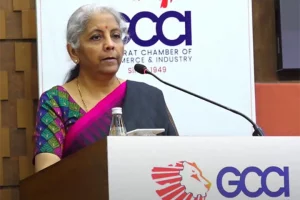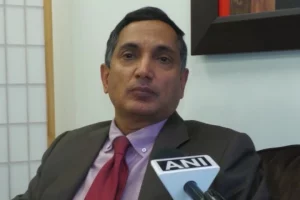Sowing of crops during the Kharif season, which begins in June, is expected to be normal even as concerns over a possible El Nino situation this year have risen. Agriculture experts said that land preparations such as tilling and mixing the soil have been completed without much hassle despite untimely rains in April and May. In fact, last month’s rains have helped in the sowing of a few key crops such as cotton and sugarcane.
“As of now, we see no problem with sowing of the Kharif crops but we have to watch out for El Nino kind of situations at a later stage, if that happens than there would be a dent in production but otherwise, we are on track,” Anil Ghanwat, senior leader of Shetkari Sangathana, a Maharashtra based farmers union earlier told India Narrative.
A bad monsoon may have a brutal impact on India’s economic recovery, pushing up food prices and overall inflation and impacting food security. Irrigation of about 60 per cent of the net sown area is dependent on monsoons.
Paddy, maize, pulses, jute, and groundnut are among some of the main crops sown during the Kharif season, which commences in June. The kharif or the summer crops are typically harvested in October.
India’s crop production also have implications for global food security. India accounts for about 40 per cent of rice supplies across the world. Even after the government imposed several restrictions on rice exports last year, India managed to remain the top exporter of the grain in the world.
In 2022-23, India’s rice production was the highest with over 130 million metric tons. In 2012-13, rice production was at 105 million metric tons.
Rice and wheat are staple grains in the country.
However, with challenges emerging from issues related to climate change, the Narendra Modi government is aggressively looking to expand production of millets to ensure food security. Not only these short grains can withstand extreme weather conditions, they are also carbon-neutral crops.
India is one of the world’s largest and most diversified food producers with agriculture continuing to be the source of more than 20 per cent of the country’s income.




















